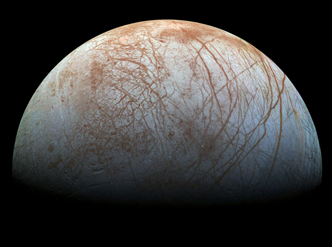
Alien life and where to find it
As space missions venture to the moons of Jupiter and Saturn – and beyond – to look for the conditions for life, what alien life forms might be…

After the conclusion of another inspiring school year together, ESA is happy to announce the updated 2023–2024 School Projects![1] Choose your favourite project, from training like an astronaut to investigating the climate or building your own ‘micro-satellite’. Note down the kick-off dates and warm up to join in!
Age: up to 19 years old
Kick-off (Mission Zero): 18 September
Kick-off (Mission Space Lab): 6 November
Have you ever dreamt of creating an experiment that could run in space? It’s easier than you think! All you need to do is write a computer program for our special Raspberry Pi computers, called Astro Pis, which are located on the International Space Station (ISS). In Mission Zero for beginners, you can collect colour and luminosity measurements and create your own pixel art image for the astronauts. For the more advanced
Mission Space Lab, there’s an exciting new activity planned for 2023–2024 using the camera and sensors of an Astro Pi computer.
Astro Pi is run by ESA (with its ESERO network) in collaboration with the Raspberry Pi Foundation.
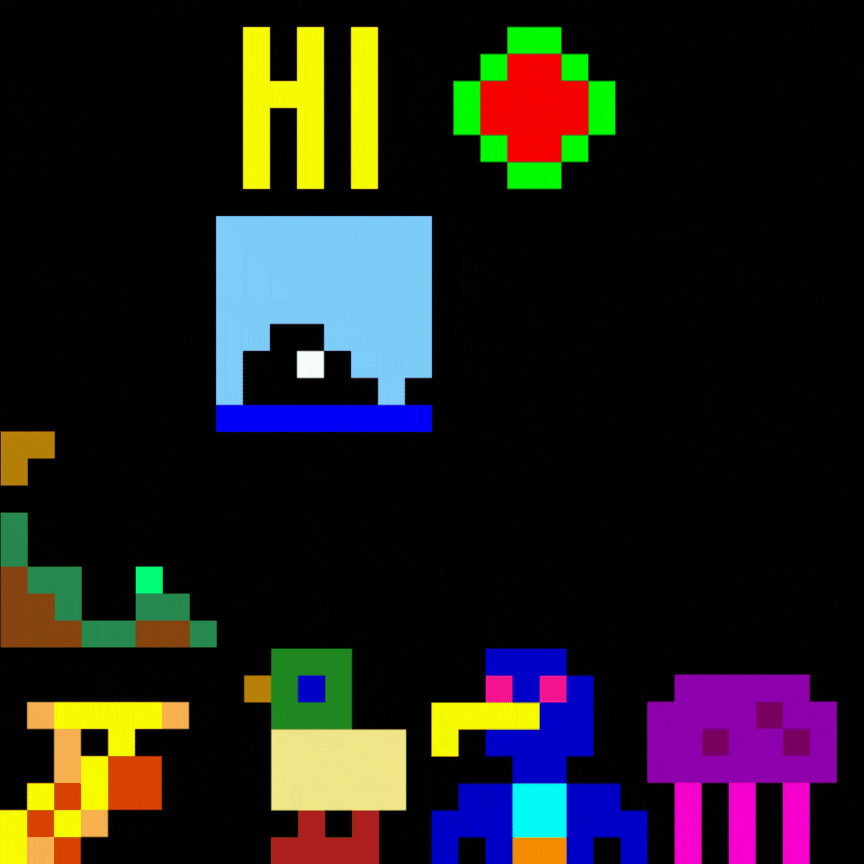
Age: up to 14 years old
Kick-off: 20 September
It’s time to get up, move your body, and train like an astronaut! In Mission X, you’ll learn the key elements to keeping fit and staying healthy in space and on Earth. Complete physical exercises and scientific investigations developed by scientists and astronaut trainers. Earn steps to help mascots Luna and Leo walk to the Moon.
Mission X is a collaboration between ESA and the UK Space Agency, facilitated by the ESERO network and other national organisers.
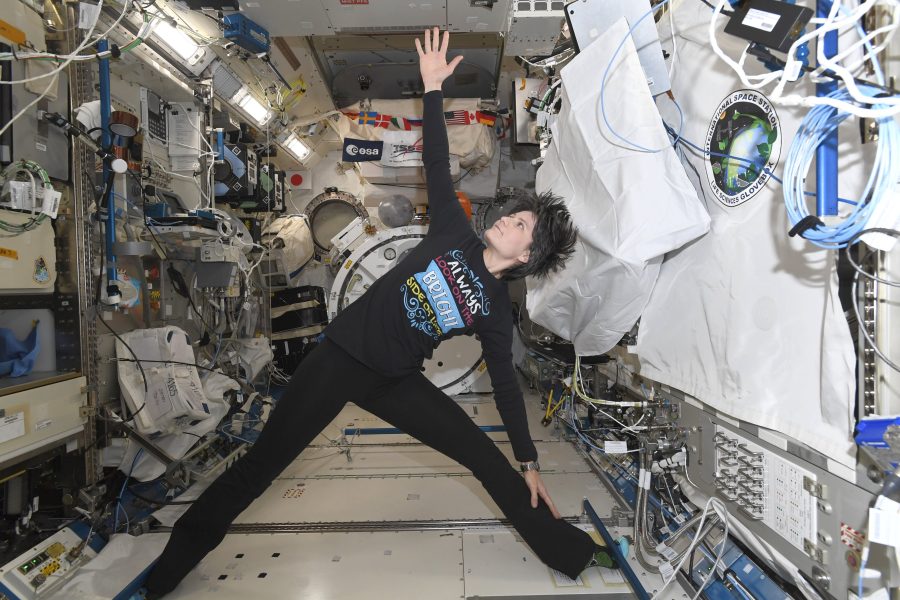
Age: up to 19 years old
Kick-off: 21 September
This edition is bringing you a new and enhanced Moon Camp Challenge! Take on a new space adventurer role with your team and design a habitat on the lunar surface or go beyond the Moon and explore other worlds in our Solar System. Join the Moon Camp Challenge and design your project related to the human exploration of space in this more flexible and open format.
Your project can range from a scientific experiment, a hands-on project, a design for space infrastructures, a 3D design for an astronaut base, a 3D printing model, a virtual or augmented reality world and much more. Select the topic and format that best fits your team and get creative!
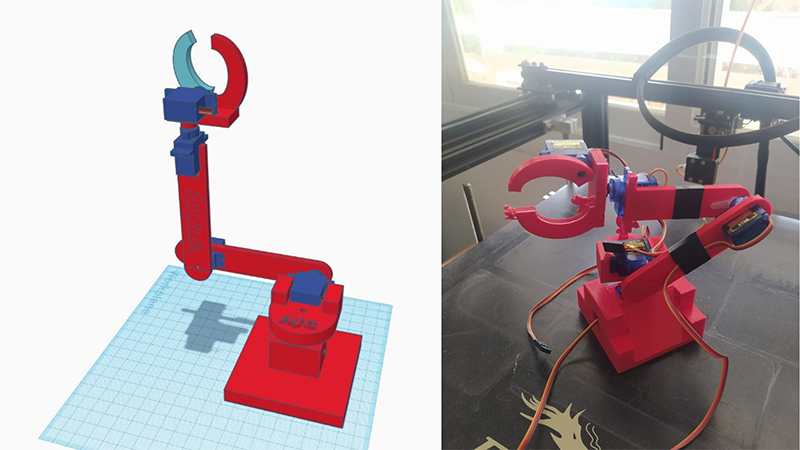
All teams that submit a project will receive a participation certificate and will be invited to participate in a final online event with an ESA astronaut and space experts.
More details will be announced in September; until then, find inspiration in the winning teams’ projects from 2022–2023 at www.mooncampchallenge.org.
Moon Camp is a partnership between ESA (with its ESERO network) and the Airbus Foundation, in collaboration with Autodesk.
Age: up to 19 years old
Kick-off: 22 September
Are you curious about our home planet and what we can do to protect it? Join Climate Detectives and explore your local environment to make a difference in understanding and protecting Earth.
This school year, we have exciting updates and the more advanced category is expanding in scope: you will have the opportunity to focus your investigations not only on the climate but also on the environment and sustainability on Earth.
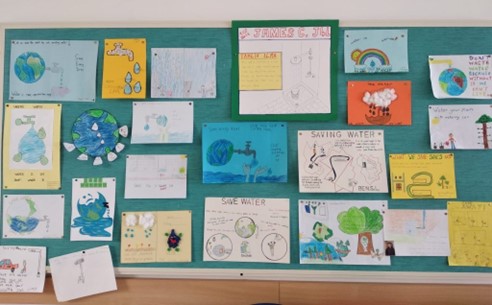
Identify your research question, collect your data, and share your results with the Climate Detectives community. At the end of the project, teams selected by the National Organizers will be invited by ESA to a learning and celebration event to take place in June 2024.
More details will be published soon, but until then, find inspiration in the amazing work done by the Climate Detectives Teams in 2022–2023 and visit the project gallery.
Climate Detectives is run by ESA in collaboration with its ESERO network.
Age: 14–19 years old
Kick-off: 19 September
What’s it like to make a real space project from A to Z? Work together as a team to imagine, build, launch and operate a cansat to find out!
The CanSat competition challenges high-school students to fit the key components of a satellite in the volume of a soda can.
National competitions are run annually by ESA’s ESERO offices, and other national partners. From the school year 2023–2024, the national winning teams will be welcomed by ESA at its ESTEC site at the end of June 2024 for a brand-new learning and celebration event: ‘Space Engineer for a Day’.
Participation in these projects is free and open to school students in all 22 ESA Member States, as well as Lithuania, Latvia, Slovenia, Canada and Malta. The Moon Camp Challenge and Mission X are open worldwide. For more information about the eligibility criteria, please consult the individual project guidelines.
Save the dates and stay tuned to https://www.esa.int/Education/Teachers_Corner/ for more information. We look forward to another fantastic year of projects with ESA Back to School!
[1] Read the original article on the ESA website: https://www.esa.int/Education/Teachers_Corner/Save_the_date_for_the_updated_ESA_School_Projects_2023-2024

As space missions venture to the moons of Jupiter and Saturn – and beyond – to look for the conditions for life, what alien life forms might be…

Prepare for lift-off with these simple activities that demonstrate some of the key principles of space…
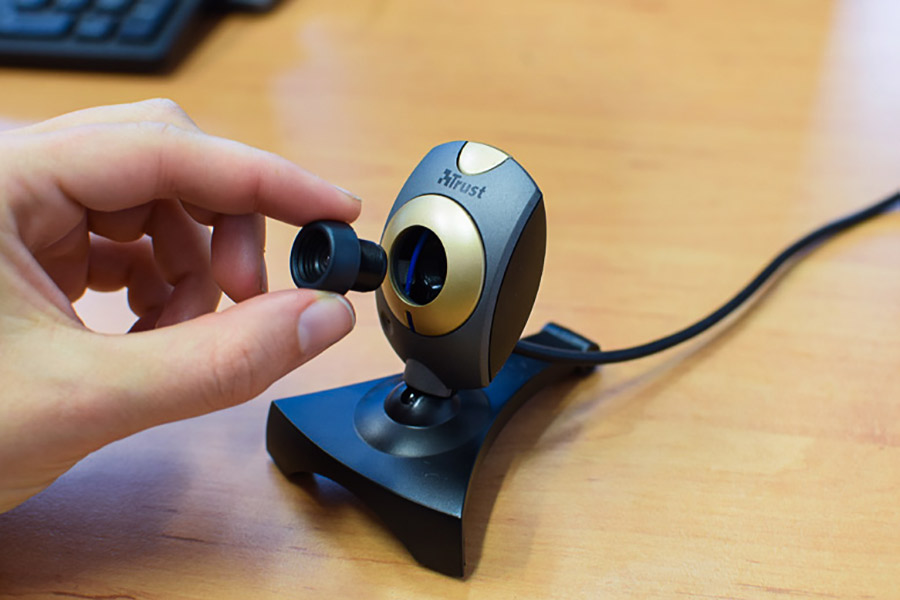
What would the world look like if we could see infrared light? With some simple modifications, you can turn a cheap webcam into an infrared camera…